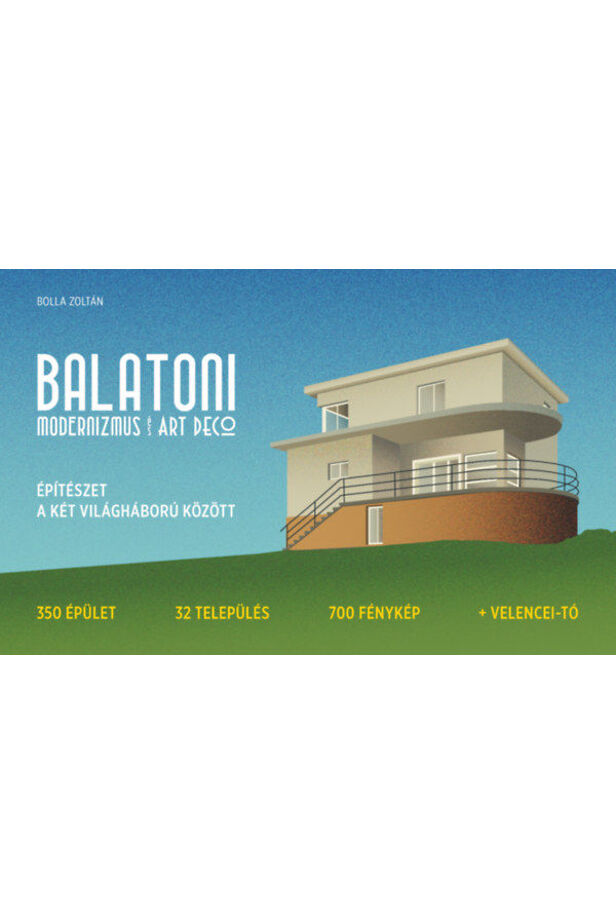Balaton modernism and art deco
Delivery time: 2 - 3 business days
Quantity:
HUF 10,490
Description
The largest freshwater lake in Central Europe was considered a significant cultural landscape in Hungarian history even before the modern era. The first, newly founded spa town on the lake began to be built during the Reform Era, which undertook social, technical and cultural modernization. With the advent of the railway in the last third of the 19th century, a Western, traditional upper-middle-class spa culture developed at Lake Balaton, and buildings serving vacations and relaxation multiplied. The state also began to undertake major developments, but the growth, which was primarily financed by the upper middle class, was interrupted by the First World War with its adverse consequences. After 1920, the middle class and the civil servants had to solve the problem of obtaining land and building modest summer homes amid limited financial resources. Model plans for this social class were developed based on practical principles by renowned architects, mostly from the capital. Mainly in their work, the architectural movement of modernism and the art deco movement appeared, which were applied to local conditions and adapted to the tastes of the clients by local architects and builders. Other architects took into account the characteristics of the landscape, local building materials or architectural traditions when designing the holiday home. At the same time, metropolitan architectural influences and international trends also influenced the urbanization of the region, including church architecture or the emergence of flat-roofed private holiday homes and resorts. How did the Bauhaus school, luxury ocean liners and folk architecture affect these buildings? Which social classes built, where and how, and within what framework? What were the criteria and characteristics of private houses and public buildings? How did the state regulate construction and to what extent did it participate in the development of the region as a holiday area? These questions are answered in the volume, whose author mapped the most urbanized area of the country after the art deco architecture of Budapest and the county seats, searching for modernist and art deco buildings in 32 settlements around Lake Balaton. This is the first such treatment of the region, presenting 350 buildings in more than 700 color and contemporary black-and-white photographs. In addition, the volume contains studies on the development of the holiday lifestyle and holiday architecture in Hungary, reviewing Western parallels and influences, and also provides insight into the contemporary architecture of its "little brother", Lake Velence.
| publisher | Ariton Kft |
|---|---|
| writer | Bolla Zoltán |
| scope | 384 |
| volume unit | oldal |
| ISBN | 9786150191508 |
| year of publication | 2023 |
| binding | flexible, threaded |


